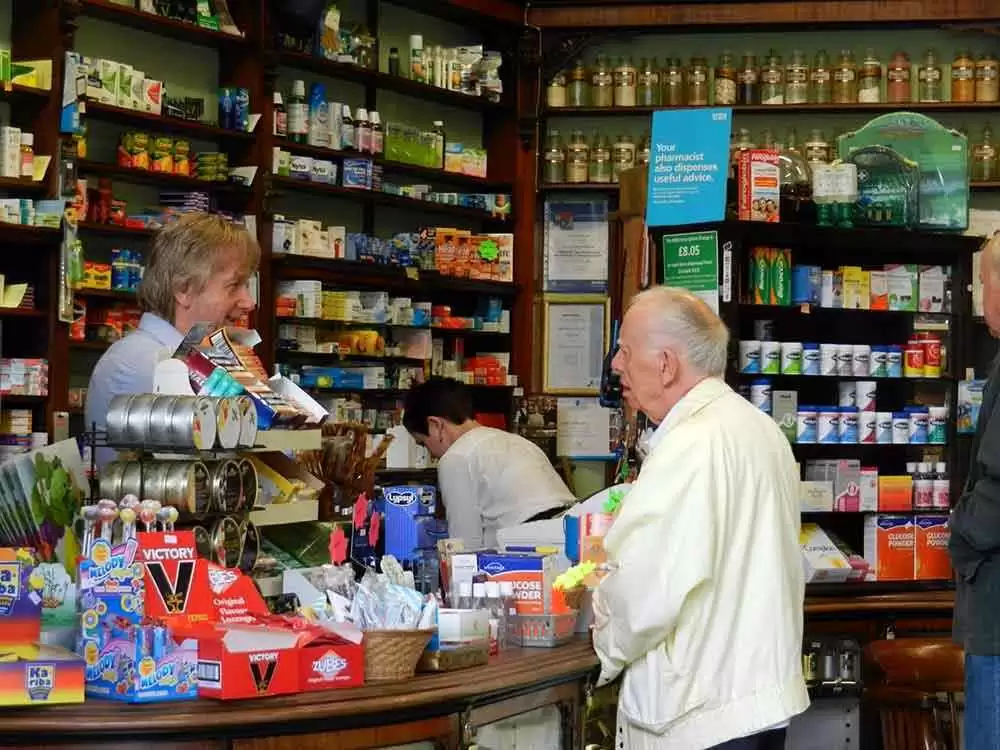
Celiac.com 12/29/2022 - MIT Senior Isha Mehrotra works to discover more about autoimmune diseases, where she hopes her efforts help to create a future where all celiac patients can be treated effectively, or, better still, can avoid the disease entirely.
Mehrotra got to MIT through lots of hard work, plenty of support, and some profound inspiration that came from an unusual source: an early celiac disease diagnosis.
Celiac.com Sponsor (A12):
Her diagnosis at ten years old sparked an early interest in science and medicine. Today, she is working to discover more about celiac disease, its origins, and its effects on those who live with it.
Through her research experience, which has included publishing her work as a first author in the journal Current Research in Microbial Sciences, Mehrotra has learned the value of having confidence in her data when presenting her findings, especially those that challenge scientific consensus.
“At the end of the day, you know, your data is your data. And presenting that with conviction and confidence is something that I’ve learned how to balance,” she says. Mehrotra also serves as a member on the Board of Directors at Boston Children’s Hospital Celiac Kids Connection, where she works to build a safe space for children with celiac. She understands firsthand the physical and emotional toll celiac disease can have, and values the opportunity to learn more about how to support people and navigate these challenges.
For instance, she recognized the connection of food insecurity to celiac early on, as celiac is treated with a gluten-free diet. One of her most fulfilling projects, funded through the PKG Center at MIT, has been helping reduce gluten-free food insecurity exacerbated by the pandemic, working with a team at Children’s to research and mitigate these food access issues.
“It comes back to looking at things in different ways. How can I have a great impact in one area if I don’t consider all the various facets of it?” she asks.
Mehrotra will soon begin her studies at Stanford Medical School, where her goal is to marry her love of science with her love of medicine, and become a physician-scientist. At Stanford, she hopes to work directly with patients and researchers to solve medical issues, discover new information.
Ultimately, she would like to develop her own multidisciplinary research practice, where she can see and treat patients, while also working in the lab with different types of researchers, including technical and social scientists.
Stories like Mehrotra's help us to see that the idea that educated youth are the key to a better future for us all is more than just an idea or a slogan. Here's to Mehrotra's efforts help to create a future where all celiac patients can be treated effectively, or, better still, can avoid the disease entirely.
We'll keep an eye out for news on Mehrotra, who looks set to do great things. Stay tuned for more on this and related stories.
Read more at news.mit.edu









Recommended Comments
There are no comments to display.
Create an account or sign in to comment
You need to be a member in order to leave a comment
Create an account
Sign up for a new account in our community. It's easy!
Register a new accountSign in
Already have an account? Sign in here.
Sign In Now